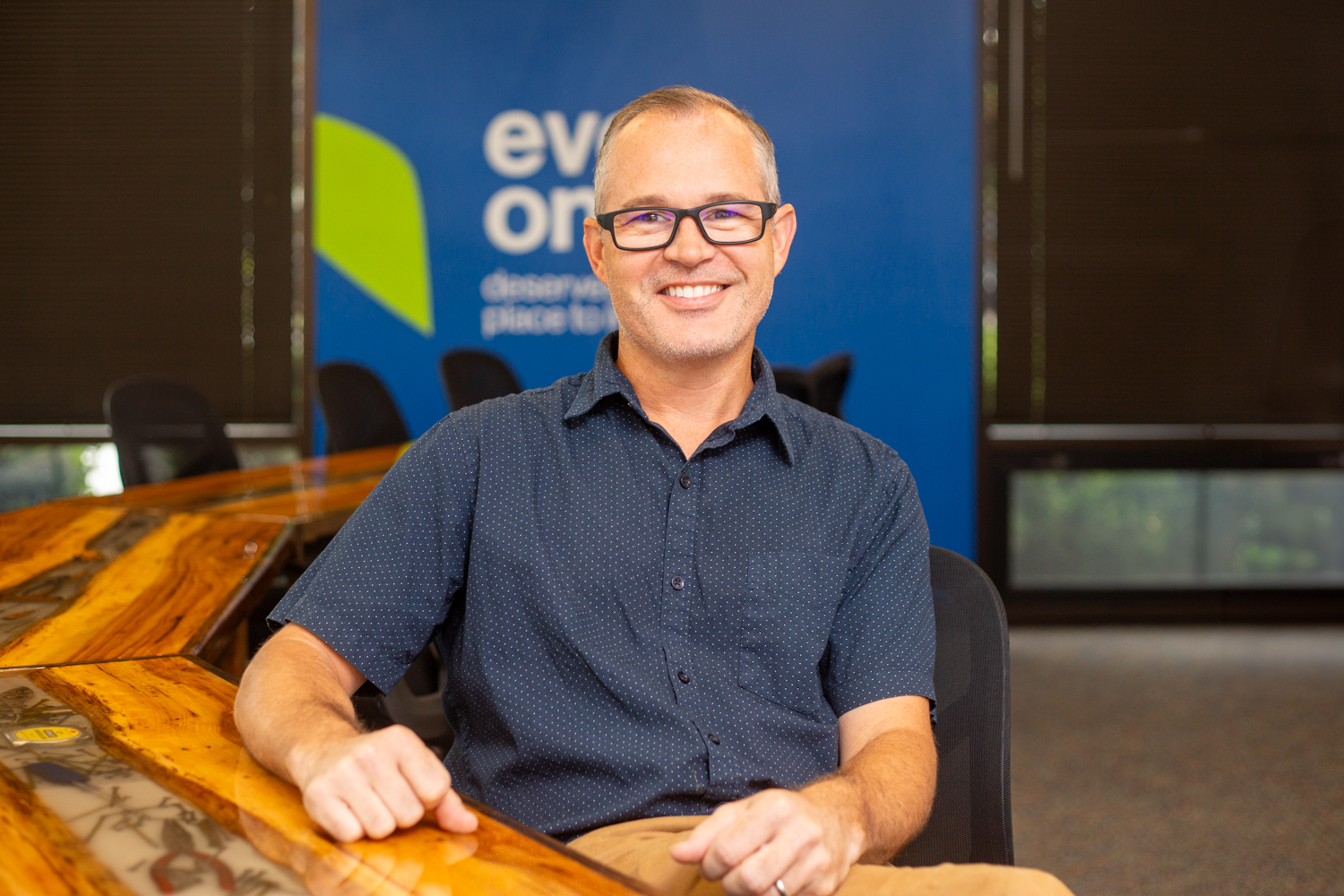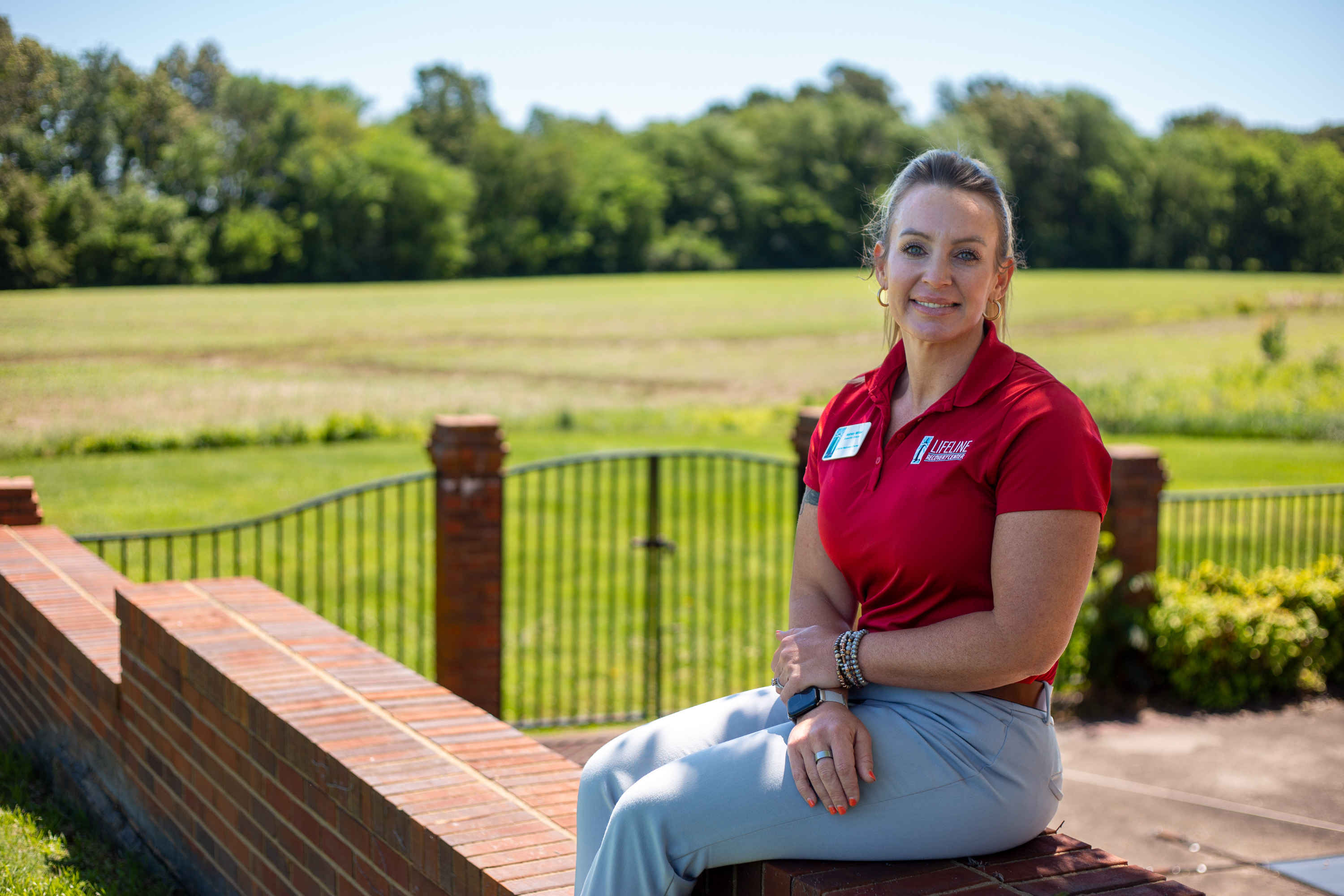
When Valerie Horn reflects on her life’s work in Letcher County, she doesn’t begin with buildings or budgets. She begins with community.
She points to the Cowan Community Center—the place that helped shape her from the very start. "Our timelines run about the same," she says, referring to the center, with a grin. "We both began around 1965."
What started as a response to local school closures quickly grew into something much bigger. The Cowan Community Center became a cornerstone for connection, learning, and resilience—serving generation after generation as a place to gather, grow, and build something stronger together.
Nearly sixty years later, that same spirit is still driving Cowan’s work—most recently, in a project the community had been dreaming about for years, but was always coming up just a little short.
But this time, things would turn out differently.
“We Knew We Needed More”
A little over a decade ago, the Cowan Community Center helped launch the Whitesburg Farmers Market.
Born in the shadow of coal’s decline, the market gave displaced miners, small growers, and home gardeners a place to sell what they raised and stay connected to the land. "It certainly did not replace the income lost from coal," Valerie says. "But it provided a buffer—money in pockets, hands in soil, and still connected to community in a way."
For years, the market ran on determination alone. Every Saturday morning, a small crew of volunteers and interns hauled out temporary tents and tables. Farmers showed up with produce in hand. Local musicians squeezed onto a tiny porch stage—barely enough room for two or three to play at once.
Still, the people came.
And with each passing season, the market grew—eventually regularly supporting thirty vendors, which meant thirty tents and thirty tables to be hauled out and packed away each weekend. The need for something permanent—a pavilion and stage that could serve the community for years to come—became harder and harder to ignore.
"We knew we needed more," Valerie says.
"It Made It Possible"
The dream was a covered pavilion where farmers and artisans could gather without fear of weather or exhaustion. A real stage where music could anchor the weekly market. A place where kids, families, and neighbors could come together under one roof.
Initial funding from the federal Abandoned Mine Lands program helped get construction started. But as the project unfolded, the gap between what they had and what they needed became impossible to ignore. "The engineers were telling us we’d have to scale back," Valerie recalls.
"We were going to be forced to make some hard choices."
That’s when Cowan found the piece they had been missing: the GRANT Program.
Designed to level the financial playing field for rural communities, the GRANT Program took Cowan’s modest $1,176 local investment, turned it into $58,824 in state match, which in turn unlocked $240,000 in federal funding to finish the project the way it was meant to be built.
Working alongside the Kentucky River Area Development District (KRADD), Cowan was finally able to close the gap and move forward without compromise—a win for Cowan, for Whitesburg, for Letcher County, and for Kentucky.
"It made it possible," Valerie says simply, in reference to the GRANT Program.
A Space That “Can’t Just Be Erased”
The final plan calls for a 30-bay market pavilion—with vendor spaces nestled into the hillside on both sides—and a 20-by-20-foot covered stage at its center, with the Kentucky River as a natural backdrop. "It’s exactly the right size for our farmers market," Valerie says. "And for events like the Mountain Heritage Festival, it will allow Whitesburg to host multiple stages and performances."
The benefits will ripple outward. On market days, families will have a shaded space to linger and connect. Musicians will have a real stage to perform and grow. Local farmers—many of whom rely on market sales—will have more stability and visibility. And the market itself will have a lasting, visible home in the heart of town. "For years, we've been carving out space for the market and for music," Valerie says. "This makes that space permanent. It can't just be erased."
Accessing the GRANT Program wasn't intimidating, thanks to KRADD’s support. "They made it easy," Valerie says. "They listened to what was important to us. They cared about the project’s success even though this wasn’t their own hometown."
The $10 It Takes to Cross the Street
For a small nonprofit like Cowan—with fewer than three full-time staff—navigating lengthy, complex, federal grant applications can be daunting. Traditional matches involving in-kind contributions place a heavy strain on recordkeeping and administration. But "The GRANT Program’s match made it cleaner, simpler," Valerie explains. "It brought credibility to our applications. It showed the state was invested in us—and that matters."
Looking back, Valerie sees the program not just as a funding mechanism, but as an act of faith in places like Whitesburg. "There’s a saying here," she smiles. "If they were giving away $20 bills across the street, we wouldn't even have the $10 it takes to get there." The GRANT Program, she says, changes that math—giving small towns the means to go for opportunities that once seemed out of reach.
When asked what she would say to lawmakers considering whether to renew the program, Valerie is direct. "It’s 100% worth continuing," she says. "It levels the playing field for the smaller communities without taking anything away from the opportunities that larger organizations and others would have." In other words: everybody wins.
And in Whitesburg, Kentucky, those winnings are already taking shape—not just in dollars, but in the kind of gathering place every community deserves.





